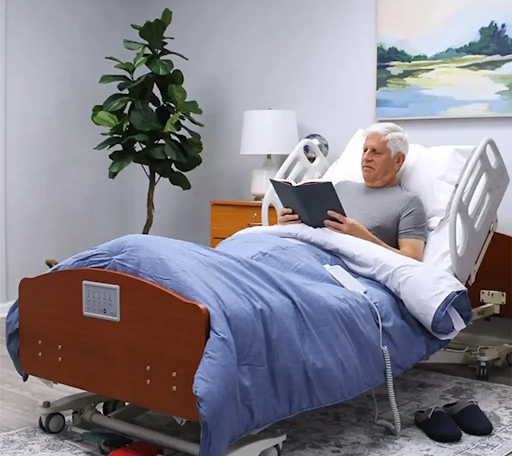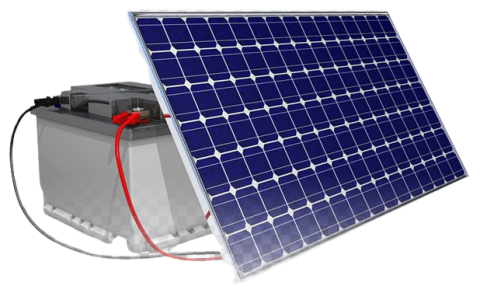
As the healthcare landscape continues to evolve, there is a growing emphasis on providing personalized and convenient patient solutions. One significant development in this regard is the availability and use of hospital beds for home care. These specialized beds are designed to bring hospital-grade comfort and functionality to the home setting, catering to individuals with chronic illnesses, disabilities, or those recovering from surgery. In this post, we will explore the various aspects of hospital beds for home use, highlighting their benefits, features, and the impact they can have on patients’ overall well-being.
Enhanced Comfort and Support
One of the primary advantages of hospital beds for home care is the enhanced comfort and support they offer. Unlike traditional beds, these specialized beds come with adjustable features such as height adjustment, backrest elevation, and leg elevation. These adjustments allow patients to find the most comfortable position, whether to sit up, lie flat, or elevate their legs for better circulation. The ability to customize the bed’s position not only promotes comfort but also aids in preventing pressure ulcers and improving overall sleep quality.
Improved Accessibility and Mobility
Hospital beds for home care are designed with accessibility and mobility in mind. Many models come equipped with side rails that can be easily lowered or raised, supporting patients in and out of bed. The adjustable height feature benefits caregivers, reducing the strain on their backs when attending to the patient’s needs. Additionally, some beds come with built-in wheels, making it easier to move the bed within the home environment, facilitating seamless care.
Pressure Redistribution for Wound Prevention
Patients who are bedridden or have limited mobility often face the risk of developing pressure ulcers. Hospital beds for home care use advanced pressure redistribution technologies to minimize this risk. These beds feature specialized mattresses that distribute pressure evenly across the body, reducing the likelihood of pressure points that can lead to skin breakdown. This enhances patient comfort and contributes to the prevention of painful and potentially severe skin conditions.
Versatility and Adaptability
The versatility of hospital beds at home is a key factor in their effectiveness. These beds are designed to accommodate various medical needs and can be adapted to different situations. Some models include features like Trendelenburg and reverse Trendelenburg positions, which benefit patients with respiratory or circulatory issues. The adaptability of these beds ensures that they can meet the unique requirements of each patient, promoting a more personalized and effective care experience.
Facilitating Caregiver Assistance
Caring for a loved one at home can be physically demanding for caregivers. Hospital beds designed for home use aim to ease the caregiving burden by incorporating features that facilitate assistance. The adjustable height and positioning options make it easier for caregivers to attend to the patient’s needs, whether providing personal care, administering medications, or assisting with mobility. This enhances the quality of care and contributes to the overall well-being of the patient and the caregiver.
Integration of Technological Features
In the era of smart technology, the best adjustable beds for home care have embraced innovation to enhance the patient experience further. Some modern models come equipped with integrated technological features such as remote control systems, allowing patients to adjust bed settings easily. Additionally, connectivity options enable monitoring vital signs, providing healthcare professionals with real-time data to ensure timely interventions. These technological advancements contribute to a more connected and efficient home care experience.
As the healthcare industry continues to evolve, the emphasis on bringing hospital-grade comfort to the home setting through such innovations will undoubtedly contribute to improving the overall quality of life for individuals requiring ongoing care.
Conclusion
The adaptability, pressure redistribution capabilities, and integration of technological features make hospital beds for home care a crucial component in promoting effective and personalized patient care.



